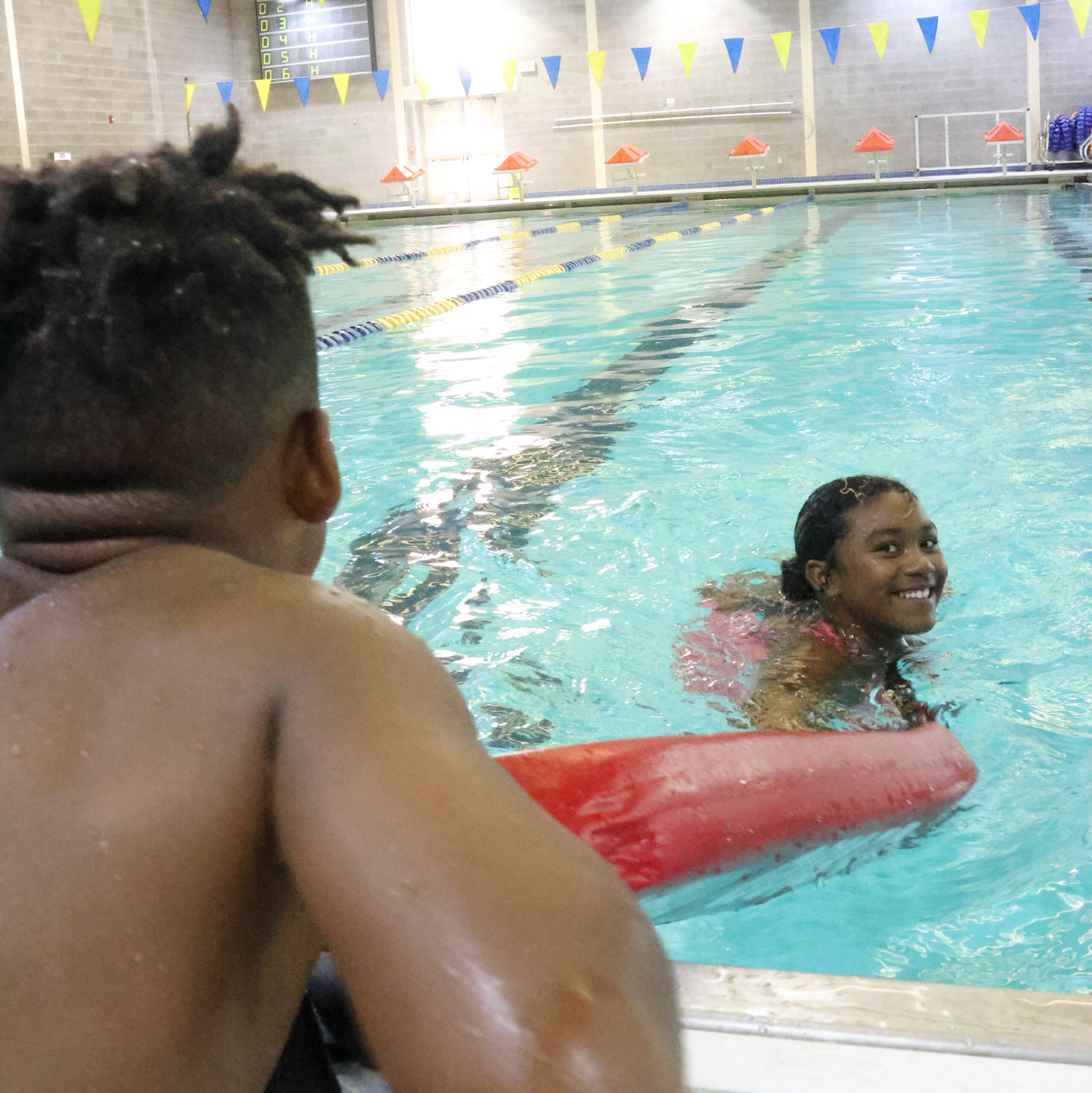How a Child Can Safely Rescue a Drowning Person

As parents, we strive everyday to teach our kids to be kind and generous. We encourage them to lend a hand to others, but what about when helping someone else puts your child in danger?
Drowning is a life-threatening event, and, unfortunately, a common tragedy for families across the world. About 1,000 children drown every year in the U.S alone. Another 7,000 children end up in the emergency room annually due to near drownings. It is the leading cause of death for children ages 1–4. It’s a terrifying scenario which many families would prefer not to imagine, but one that every family member must be prepared to react to, even your little ones.
While a child should never attempt a water rescue on their own, there are steps you can teach your kid to take to provide life-saving support while ensuring their own safety.
Don’t Go in the Water
Tell your child that they should never enter the water to rescue someone who’s drowning.
A struggling victim will instinctively fight to stay afloat and get air into their lungs. They will grab onto anything they can, even the person trying to save them. A drowning person’s panic can put even adult lifeguards in danger. Most small children do not have the strength to perform a water rescue without endangering themselves, only making the situation worse.
Instead, encourage your child to immediately get help.
Get Help
Kids should immediately shout for help from a lifeguard, a caregiver, or alert a nearby adult. Next, call 911.
At a public pool or a beach with lifeguards, the lifeguard is the most qualified person to handle the water rescue and will immediately jump into action.
If you’re at a private pool, a competent adult should always be on the pool deck closely supervising and ready to immediately spring into action, perform a water rescue, and CPR, if necessary. An effective water watcher will provide undivided attention to the children in the pool—without distractions such as phones, books, or alcoholic beverages. Remember, a child can drown in as little as 20 seconds.
If an adult isn’t immediately nearby, teach your child to promptly call 911.
Remember ‘Reach or Throw, Don’t Go’
Much like “Stop, Drop, and Roll,” “Reach or Throw, Don’t Go” is a safety mantra that every child should know in case a lifeguard or adult is not immediately present.
Reach: A child can reach for the victim by offering them one end of a pole, branch, towel, or other extendable object from the pool deck.
Throw: Alternatively, if a floatation device like a lifebuoy, a pool noodle, or even a beach ball is available nearby, children can throw it to the person in distress while maintaining a safe distance from the water.
Don’t Go: A child should never attempt to perform a water rescue
Teach your child to remember “Reach or Throw, Don’t Go” and stress that this simple act of offering something for the drowning person to hold onto can make a significant difference in helping them stay afloat or get to safer water while they await an adult.
Keep Calm
It’s crucial for kids to remain calm during a water emergency. Panicking can hinder their ability to take appropriate actions or convey information clearly to adults who can help, wasting precious seconds.
Educate your child and rehearse the above steps to ensure they are prepared for worst-case water safety scenarios. By following these steps, kids can rescue a drowning person while ensuring their own safety.
